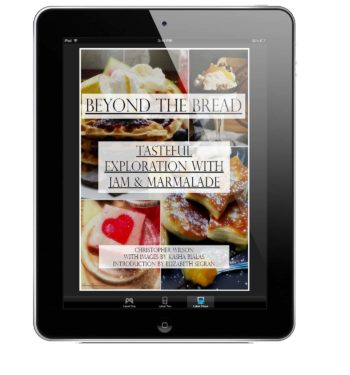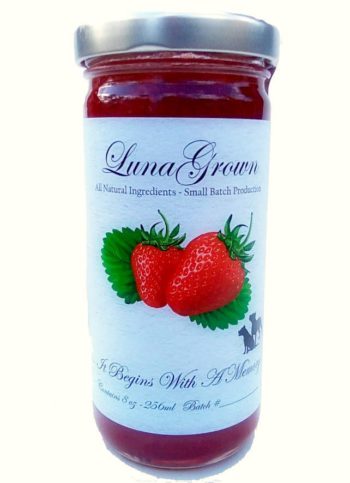Reliving sweet memories with LunaGrown’s Beginnings is a delightful journey. It reminds us of the brand’s humble origins and the traditional values it espouses. It invites us to celebrate the past, savor the present, and look forward to the future.
Category: Of Interest
Historical uses of jam, development and regional customs throughout the world.

Discover the Delightful Charm of LunaGrown Jam Today!
Are you in search of a delightful way to add a touch of sweet magic to your everyday meals? Look no further, LunaGrown Jam can bring a whole new world of flavor to your dining table! From its exquisite taste to the irresistible charm it brings, LunaGrown Jam is the perfect addition to any meal, anytime.

Exploring the Art of Pairing Jam and Cheese: A Gourmet Guide
Pairing jam and cheese is a culinary art that allows us to experience the harmonious interplay of sweet and savory flavors, creating a symphony for our taste buds. By considering the intensity of flavors, texture, and even the colors of both the jam and cheese, we can create combinations that not only taste exquisite but also captivate the eye.

Enhancing Savory Delights: Exploring the Versatility of Jam-Infused Sauces
For those who enjoy a bit of heat in their dishes, a chipotle jam can be a game-changer. This jam adds a fiery kick to your sauces, making them perfect for dishes like stir-fry, marinades, or even as a glaze for grilled meats.

Jam: A Delicious & Nutritious Addition to Your Diet!
So, indulge in a spoonful of jam knowing that you are treating your taste buds and nourishing your body at the same time.

Tea and Marmalade: A Perfect Pairing for Tangy Breakfast Bliss
By incorporating tea and marmalade into your morning routine, you’re not only treating yourself to a delightful breakfast but also giving yourself a boost of energy and essential nutrients



